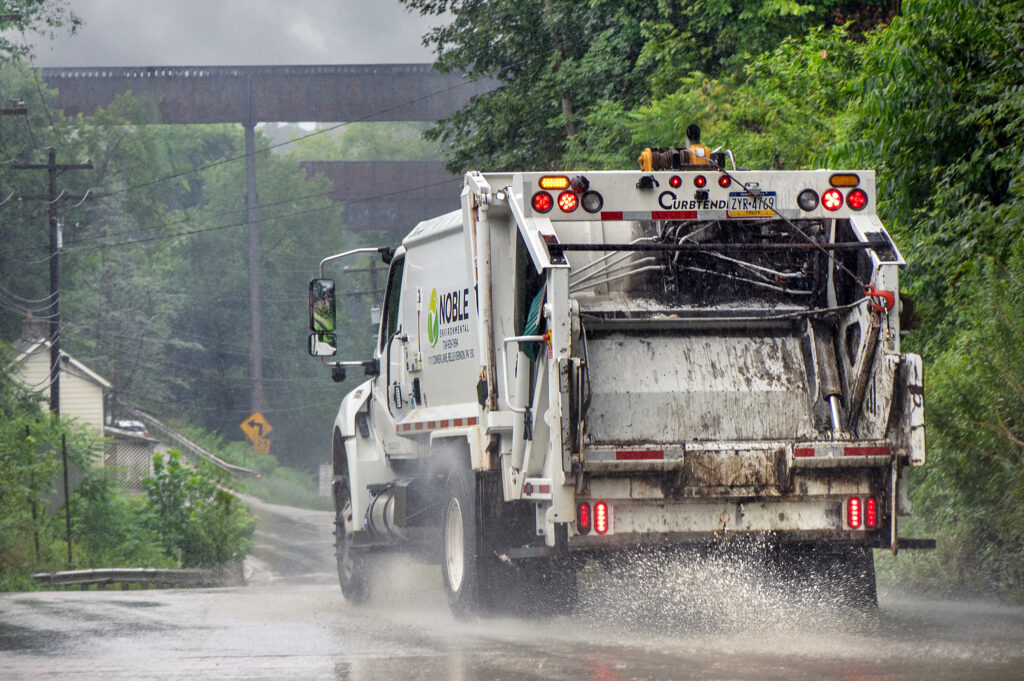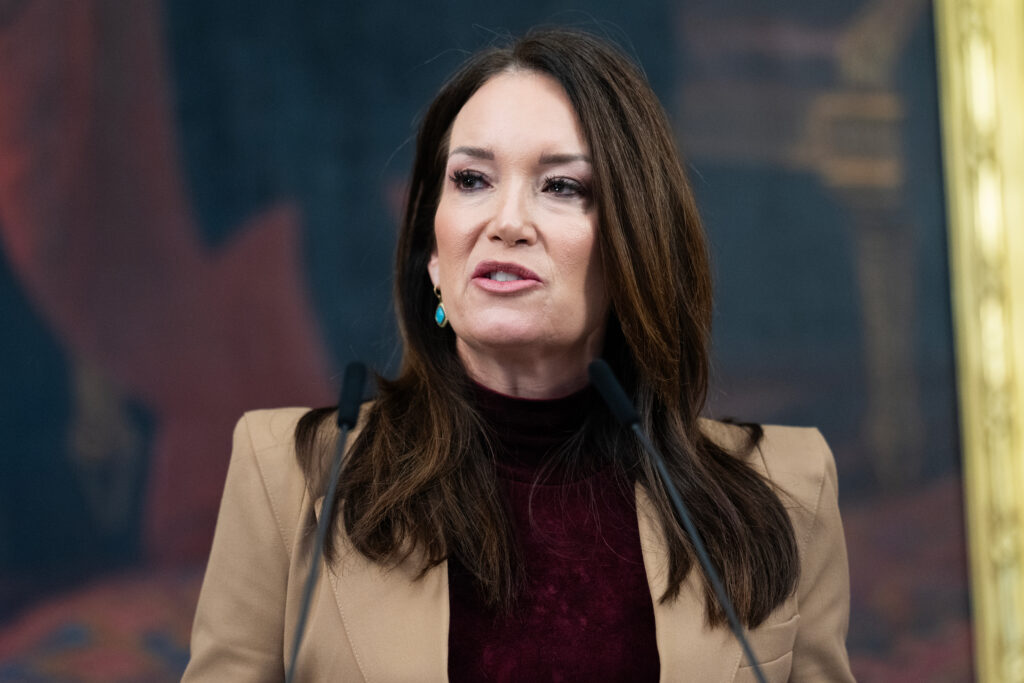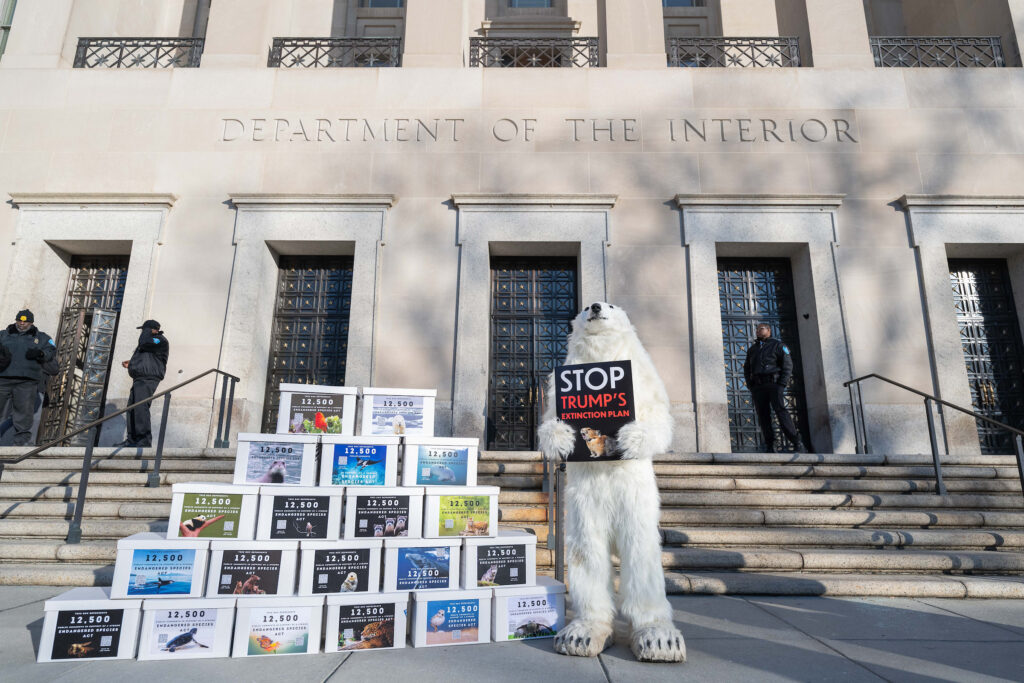Included in the Trump administration’s order last week to boost the coal industry was a two-year exemption to a rule that would have forced some of the nation’s most polluting power plants to reduce emissions of mercury and other air toxics.
The ramifications of this exemption are beginning to sink in for people across the country who saw the mercury rule, updated and enhanced last year by the Biden administration, as a crucial part of reducing the harm of these power plants.
The Environmental Protection Agency published a list of 47 plant owners and more than 60 plants that now have additional time to meet mercury and air toxics standards (MATS) that were set to become more stringent in 2027.
The actions are part of a broader agenda in which the Trump administration aims to use executive orders to cut environmental regulations and increase electricity generation, mainly from fossil fuels.
We’re hiring!
Please take a look at the new openings in our newsroom.
See jobs
“The Trump administration has created an illegal special exemption by which polluters can go to the president and request a ‘get out of jail free’ card when it comes to the Clean Air Act,” said Howard Learner, CEO and executive director of the Environmental Law & Policy Center, a Chicago-based advocacy group that works throughout the Midwest. “That’s legally irresponsible; it’s bad policy, and it will really harm people as a result of more pollution.”
The exempted plants are in 23 states and include some of the country’s leading polluters, such as the James H. Miller plant in Alabama, owned by Southern Co., and the Labadie plant in Missouri, owned by Ameren Corp.
Many of the plants are old, such as the Tennessee Valley Authority’s Shawnee plant in Kentucky, whose oldest generating unit began operating in 1953. A few are relatively new, such as the Dry Fork Station in Wyoming, which opened in 2011 and is owned by Basin Electric Power Cooperative.
The list consists mostly of coal plants, but also includes a few properties that burn gas or petroleum.
Read More

Dominion Among Utilities Allowed Exemption for Coal Emissions From Trump’s EPA
By Charles Paullin
For perspective, the United States has 172 gigawatts of coal plants, which produced about 15 percent of the country’s utility-scale electricity last year, according to the Energy Information Administration. The coal plants on the EPA’s exemption list have 64 gigawatts of capacity, roughly one third of the country’s coal generating capacity.
“It’s a confusing list,” Learner said. “We’re scratching our heads a little bit trying to figure out what the owners of these old coal plants are doing, but they certainly should not be receiving a hall pass when it comes to complying with the federal Clean Air Act standards.”
The inclusion of the Bowen and Scherer plants in Georgia, both owned by Southern Co., is frustrating for environmental advocates who have long wanted to see the plants close.
“Any attempt to give polluters a pass to spew more toxic chemicals in the air puts fence-line communities at risk,” said Keri Powell, a senior attorney in the Georgia office of the Southern Environmental Law Center, in a statement. “Residents in and around Bartow and Monroe counties should be concerned that this reckless attempt to exempt utilities from these rules will expose them to more toxic chemicals and health risks.”
Mobile Baykeeper, an environmental advocacy group in Alabama, said the actions on the mercury rule are “a flagrant assault on human and environmental health.”
Power plant owners could request an exemption to the rule, and several others, under the Clean Air Act, and some did, including the owners of the Colstrip plant in Montana. But it’s not clear if all of the plants made this request.
When asked how the plants were selected, the EPA did not provide specifics.


“The presidential exemptions granted from the rule will bolster coal-fired electricity generation, ensuring that our nation’s grid is reliable, that electricity is affordable for the American people, and that EPA is helping to promote our nation’s energy security,” an EPA spokesperson said in an email.
The Biden administration announced last April that it was finalizing an update to the MATS rule. The EPA said at that time that the rule would reduce the emissions standard—meaning the standard would become more stringent—for toxic metals by 67 percent, and require a 70 percent reduction in the standard for plants that burn lignite, a form of coal.
The rule was originally issued in 2011, during President Barack Obama’s first term, and took effect in 2015, part of an attempt to rein in the power sector’s release of mercury, a neurotoxin. The EPA has estimated that the rule has prevented up to 11,000 premature deaths.
Last month, EPA Administrator Lee Zeldin said his agency was reconsidering the rule.
“EPA needs to pursue commonsense regulation to power the great American comeback, not continue down the last administration’s path of destruction and destitution,” Zeldin said in a statement on March 12.
This story is funded by readers like you.
Our nonprofit newsroom provides award-winning climate coverage free of charge and advertising. We rely on donations from readers like you to keep going. Please donate now to support our work.
Donate Now
He said the rule had caused “significant regulatory uncertainty” and that it would cost $790 million over the next decade for power companies to comply. He also referred to an ongoing lawsuit in which 23 states challenged the rule.
That court case has been paused since the Trump administration said it is revisiting the rule. Opponents of the exemption are likely to fight it in court but have not yet done so.
Inside Climate News reached out to several plant owners for comment. Ameren, based in St. Louis, said it was pleased to receive exemptions for its Labadie and Sioux plants because “maintaining the availability of our existing energy centers through the end of their useful lives is essential for delivering customers reliable, resilient and affordable energy.”
Southern Co., based in Atlanta, said it “has fully implemented and is in compliance with the MATS rule,” adding that the two-year exemption “will provide additional time needed both to address potential rule changes and further demonstrate compliance to the current requirements.”
Jeremy Haroldson, a state representative in Wyoming, where two power plants received an exemption, supported Trump’s decision. He predicted exempting Basin Electric’s Laramie River Station would have “zero effect” on local air quality in the southeast Wyoming district he represents.
“It is going to help these power plants that are older power plants from having to close because they can’t meet the new standards,” he said.
The exemption could save money for some plants that had to make investments to comply, but not a lot, said Brendan Pierpont, director of electricity modeling for the think tank Energy Innovation.
“It lowers the cost for these plants and I think ultimately helps these plants be more profitable,” he said. “The flip side of that is it’s raising the cost that the public is incurring for the health impact of mercury.”
He expects the financial benefits for plant owners will be small compared to what they need to compete with less expensive sources of electricity such as gas and renewables.
Laurie Williams, director of the Sierra Club’s Beyond Coal campaign, said the justifications for the exemption make little sense considering the availability of cleaner electricity sources and the high costs to human health of toxic metals.
“We’re talking about brain damaging children,” she said.
Inside Climate News reporters Jake Bolster and Dennis Pillion contributed to this story.
About This Story
Perhaps you noticed: This story, like all the news we publish, is free to read. That’s because Inside Climate News is a 501c3 nonprofit organization. We do not charge a subscription fee, lock our news behind a paywall, or clutter our website with ads. We make our news on climate and the environment freely available to you and anyone who wants it.
That’s not all. We also share our news for free with scores of other media organizations around the country. Many of them can’t afford to do environmental journalism of their own. We’ve built bureaus from coast to coast to report local stories, collaborate with local newsrooms and co-publish articles so that this vital work is shared as widely as possible.
Two of us launched ICN in 2007. Six years later we earned a Pulitzer Prize for National Reporting, and now we run the oldest and largest dedicated climate newsroom in the nation. We tell the story in all its complexity. We hold polluters accountable. We expose environmental injustice. We debunk misinformation. We scrutinize solutions and inspire action.
Donations from readers like you fund every aspect of what we do. If you don’t already, will you support our ongoing work, our reporting on the biggest crisis facing our planet, and help us reach even more readers in more places?
Please take a moment to make a tax-deductible donation. Every one of them makes a difference.
Thank you,

















